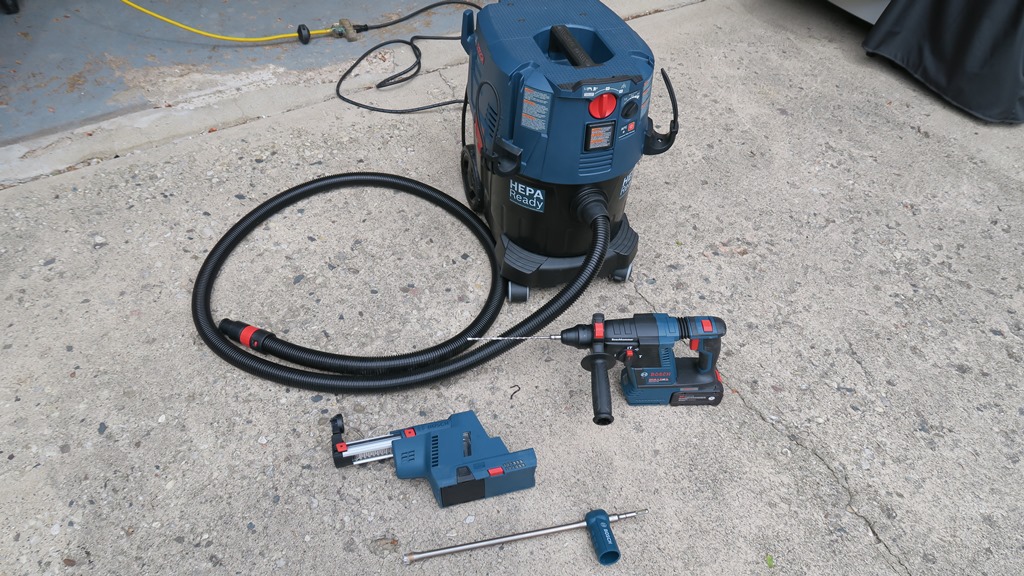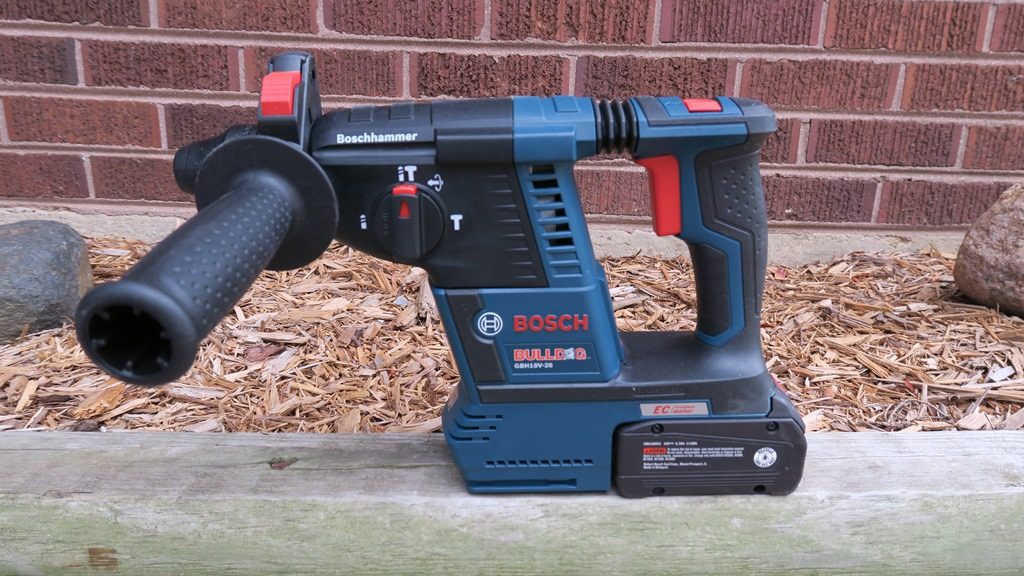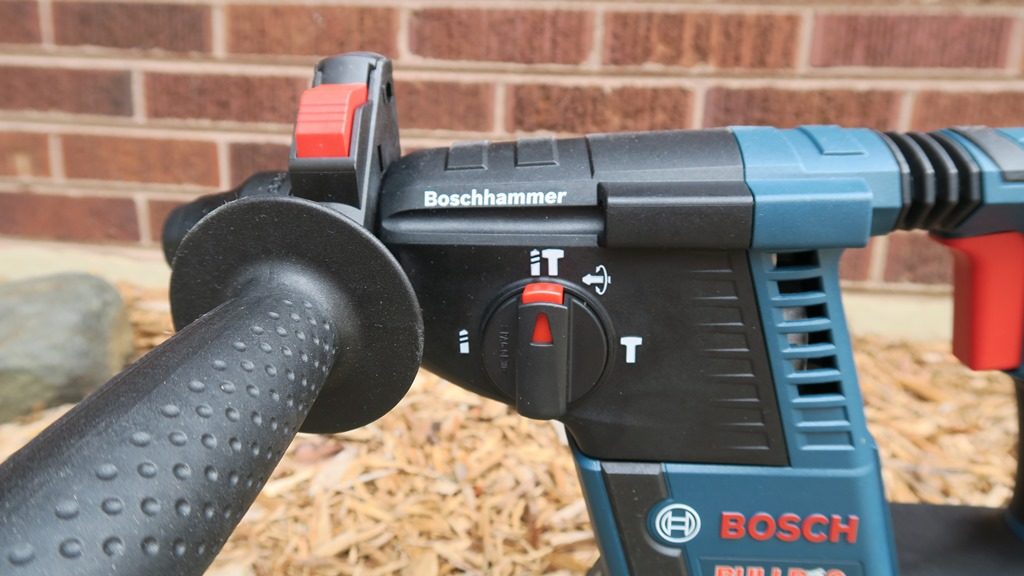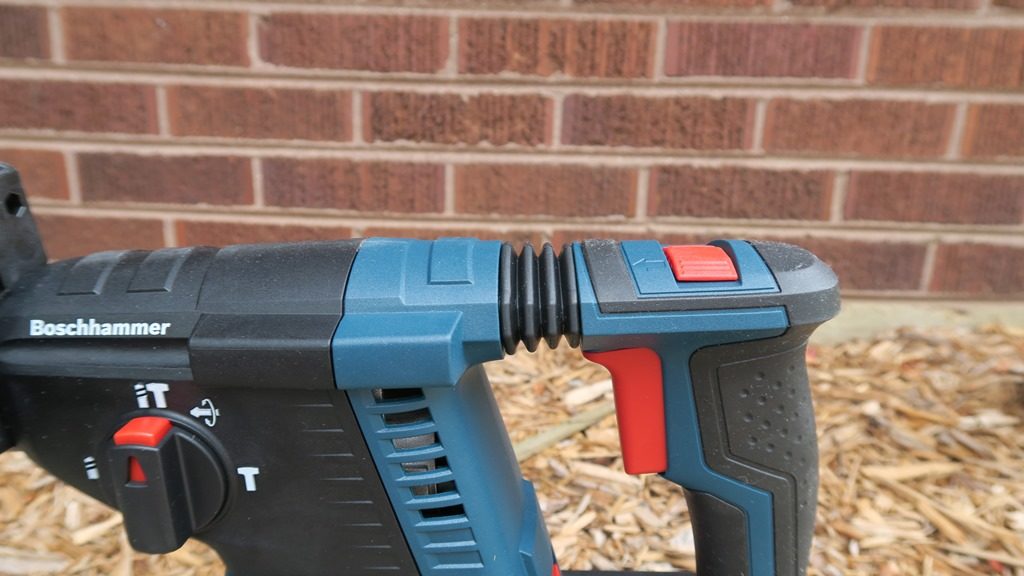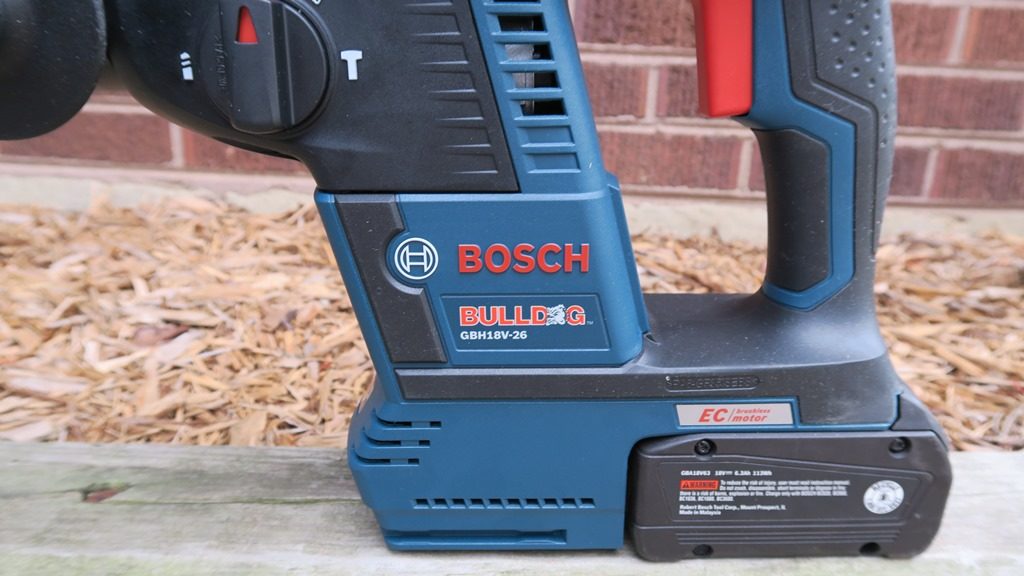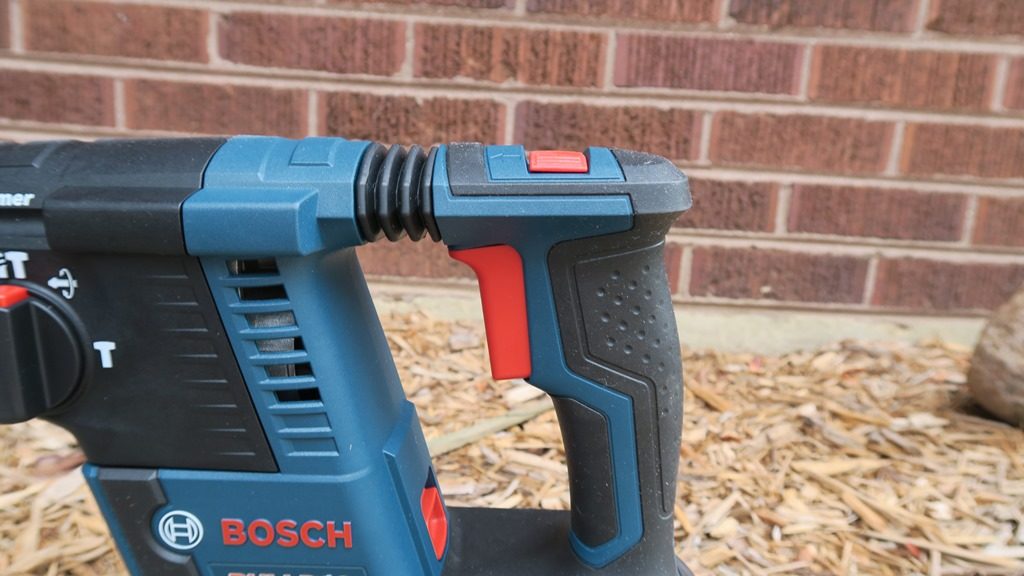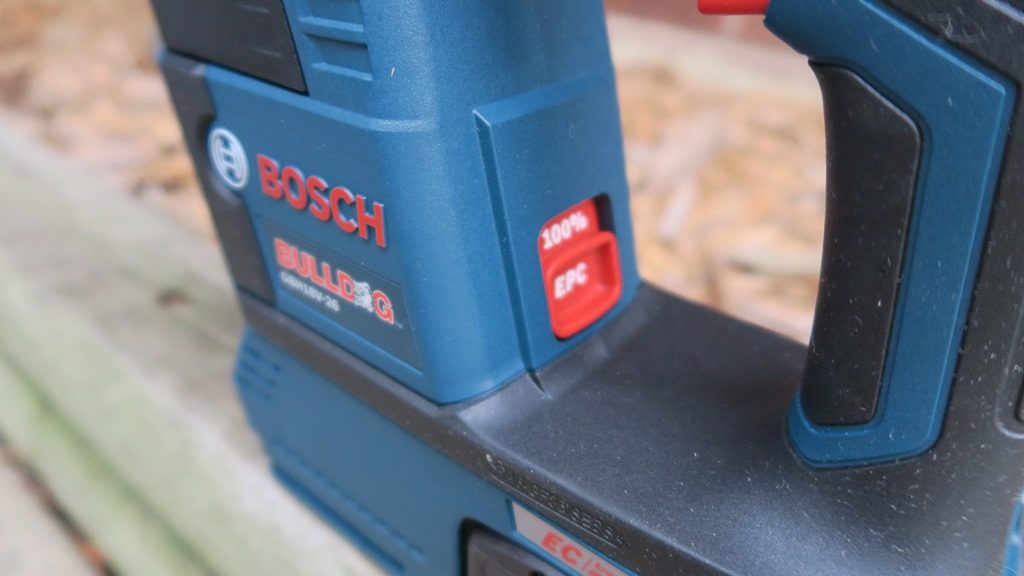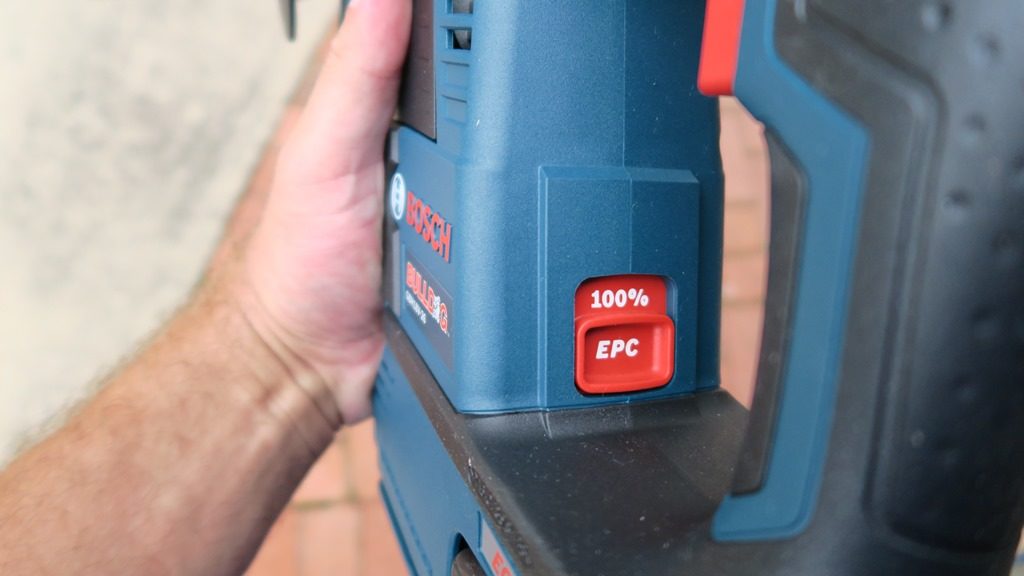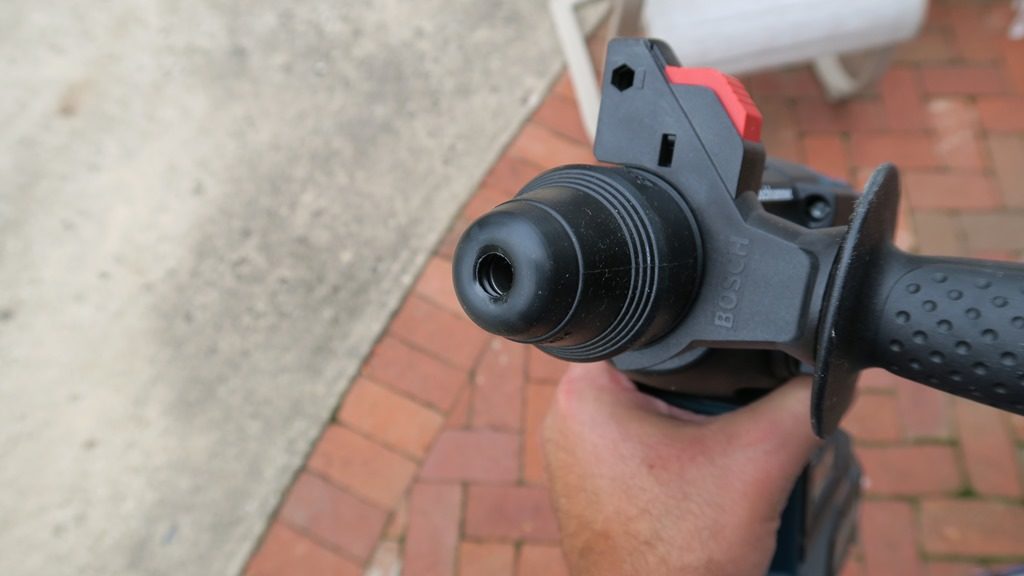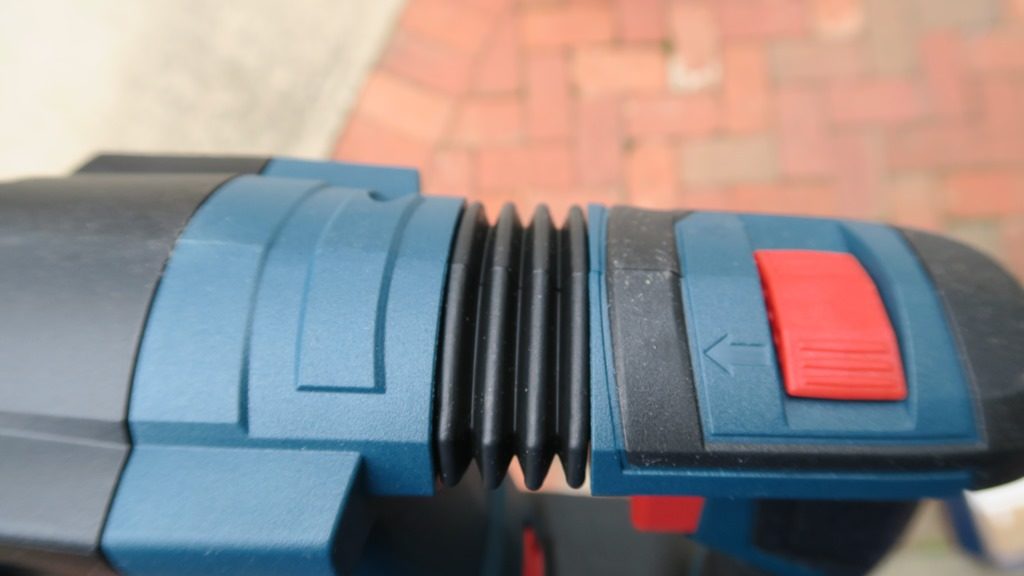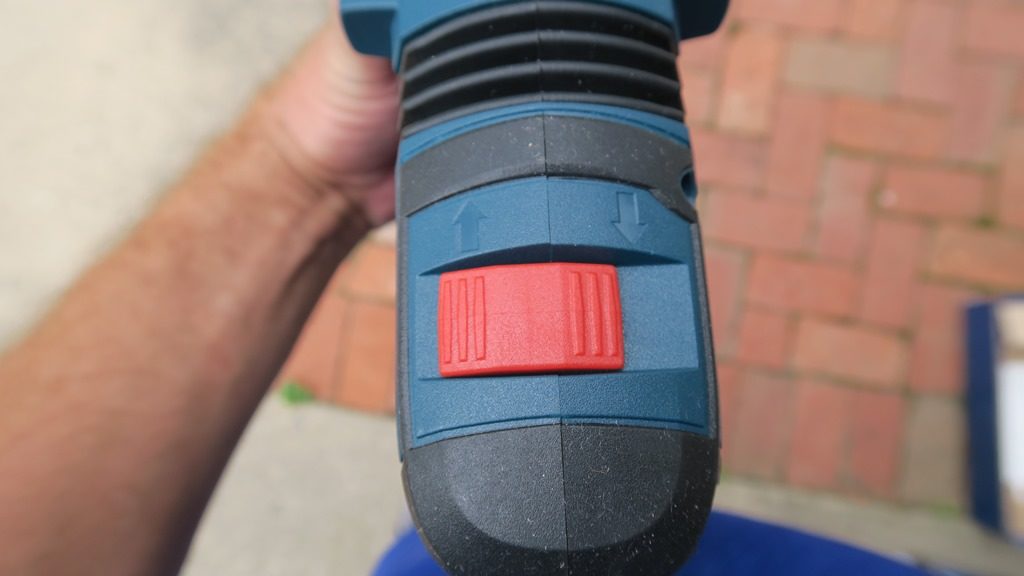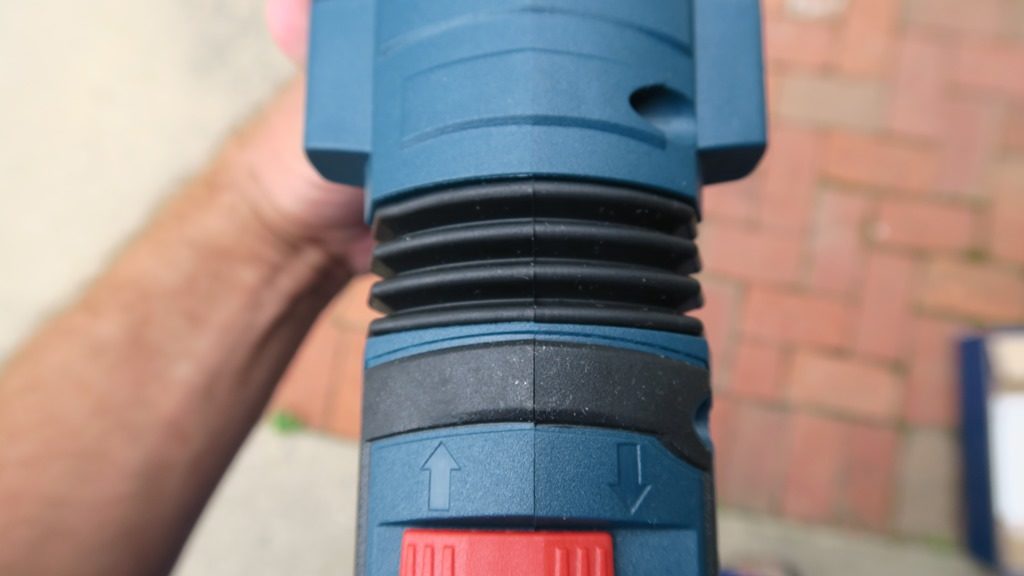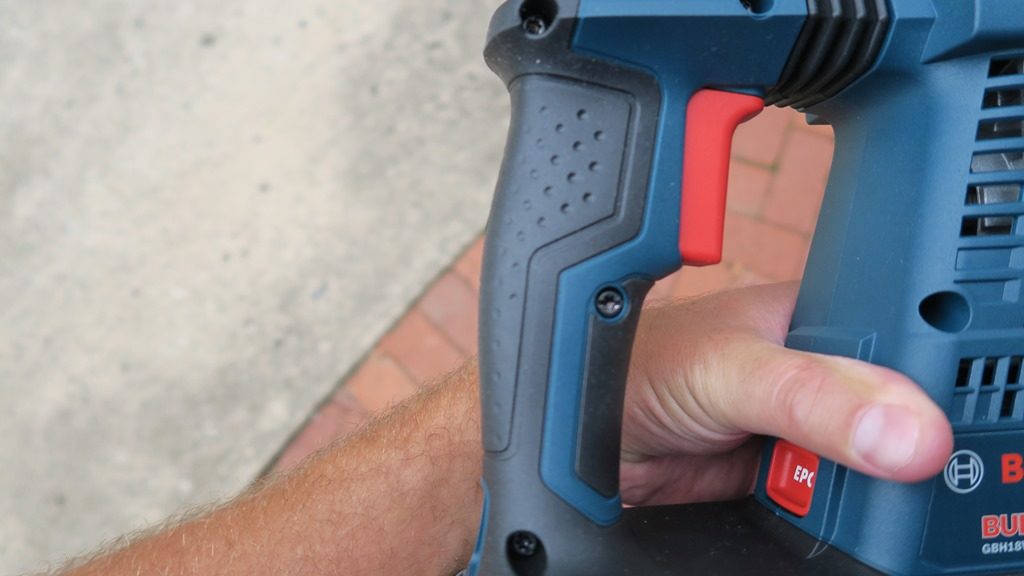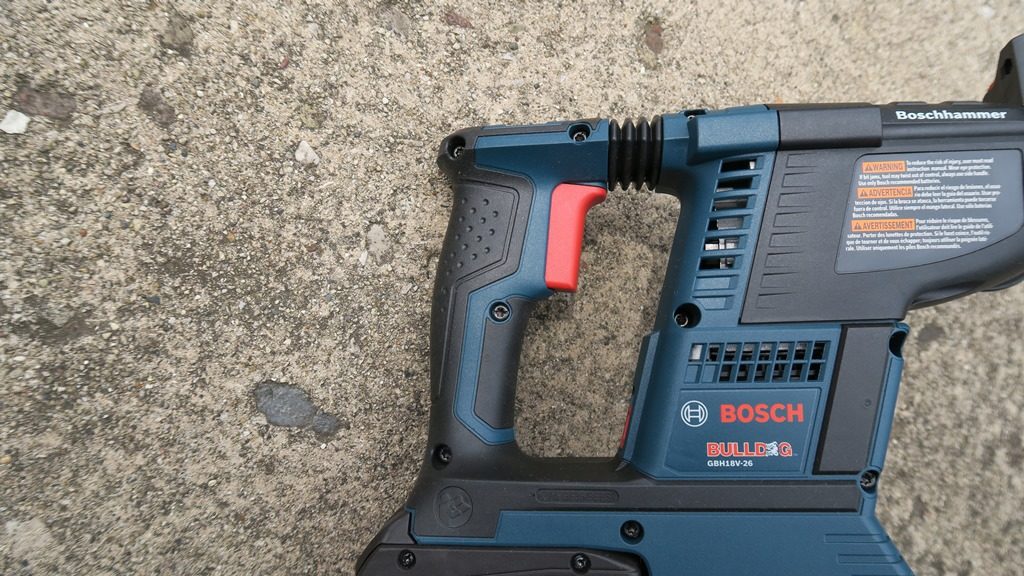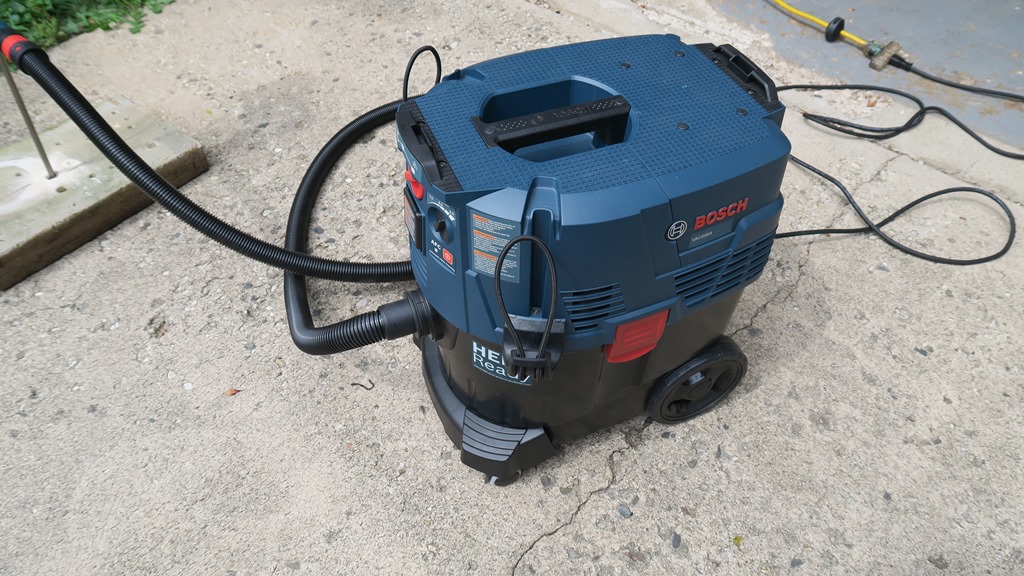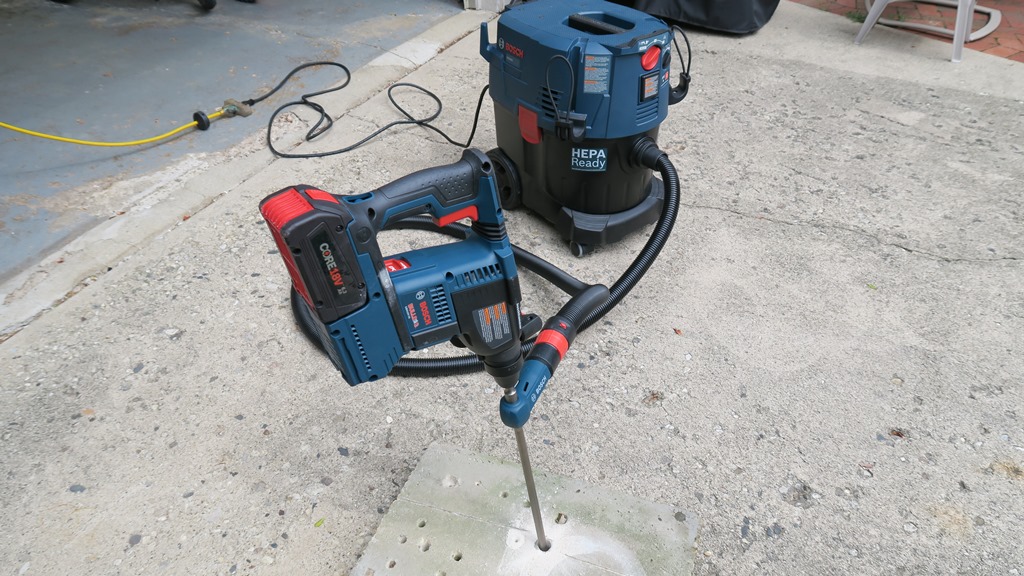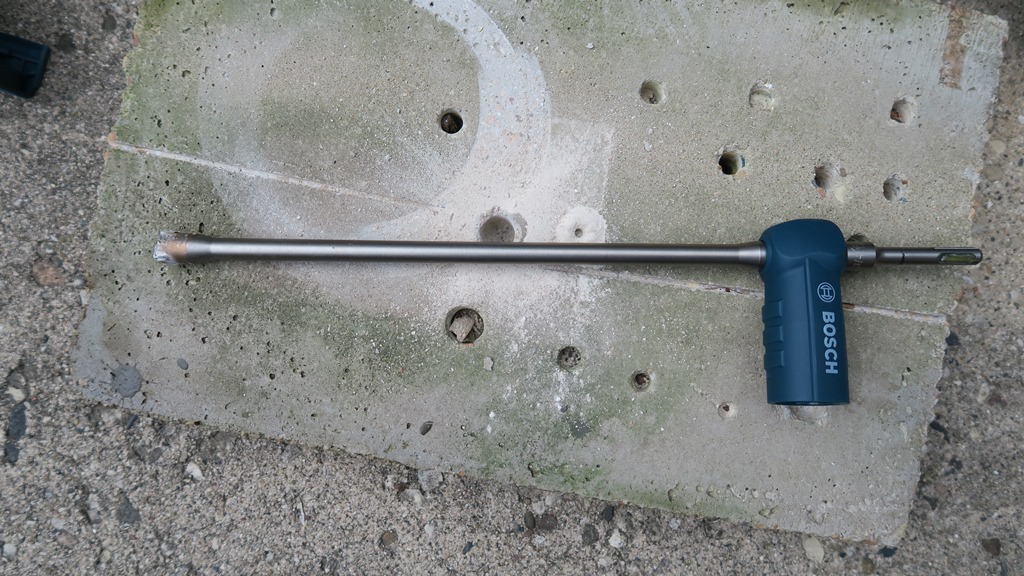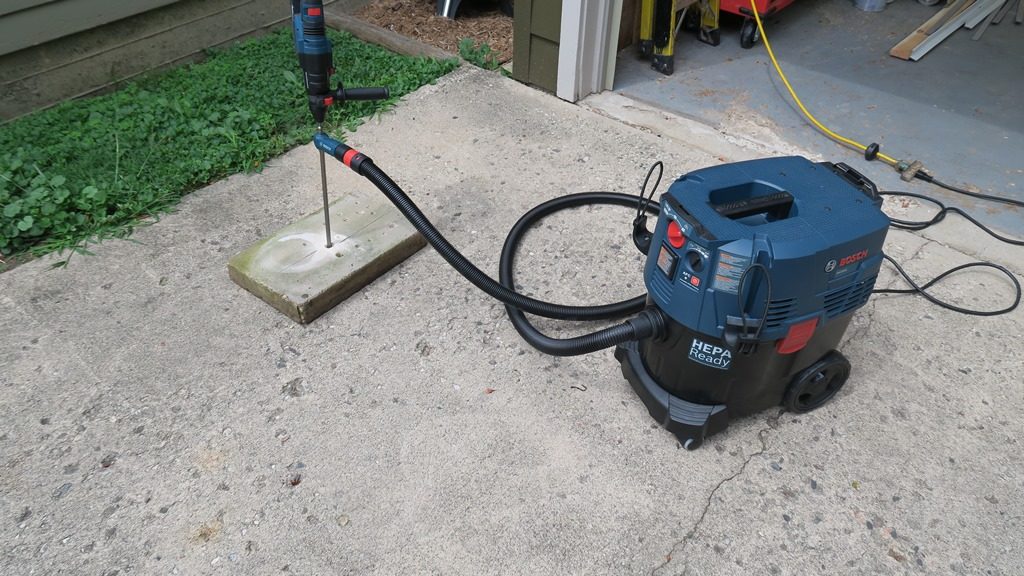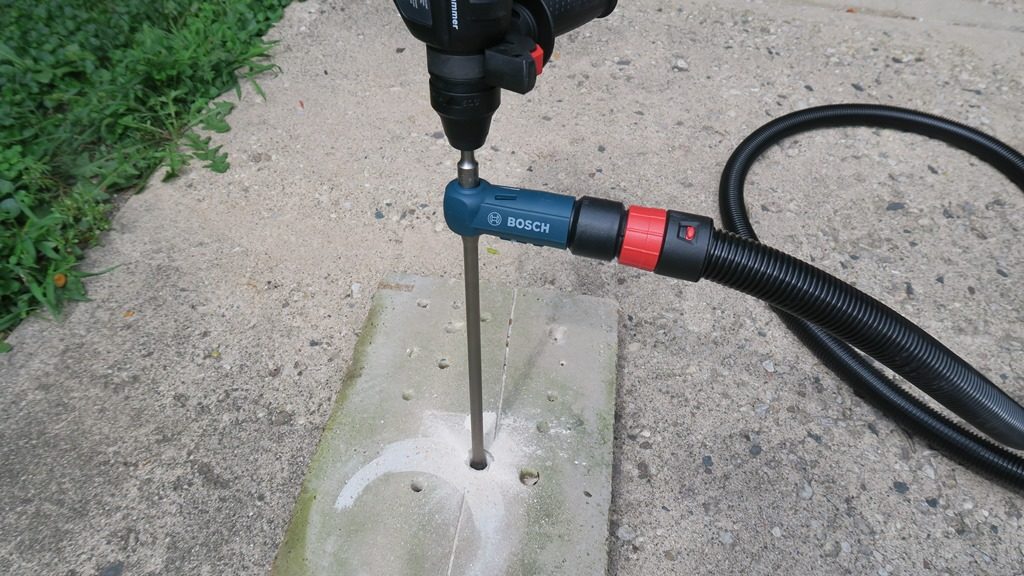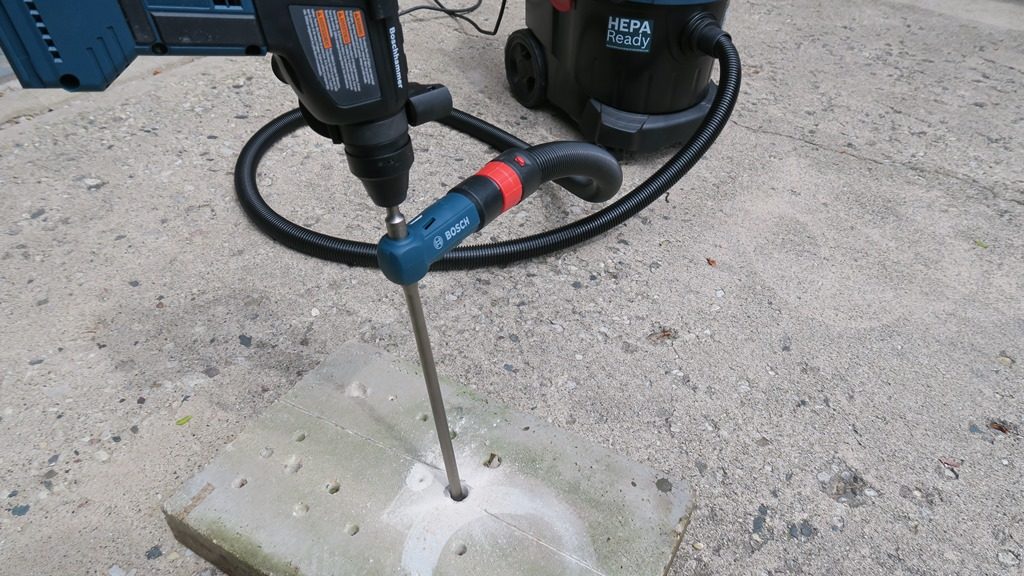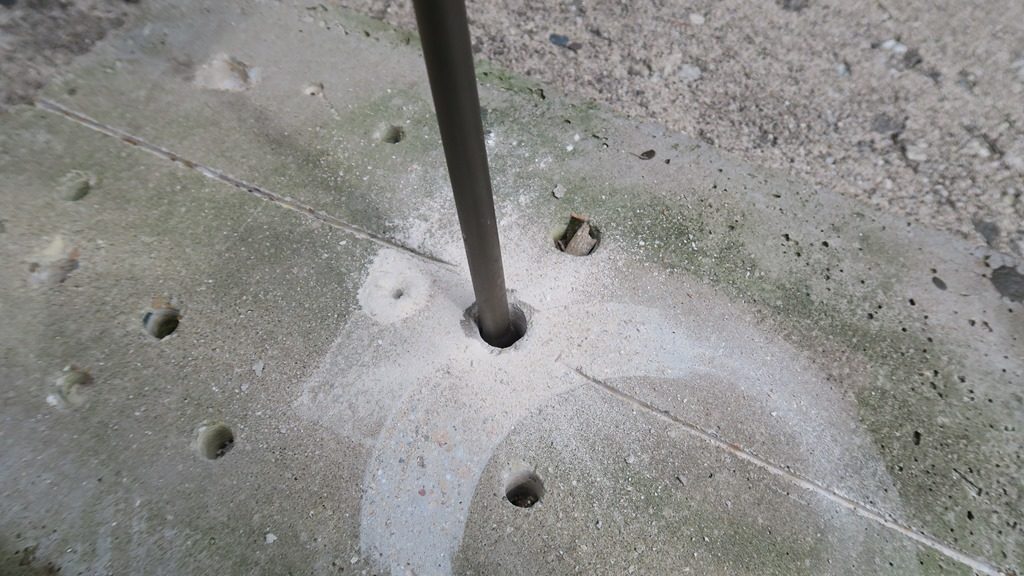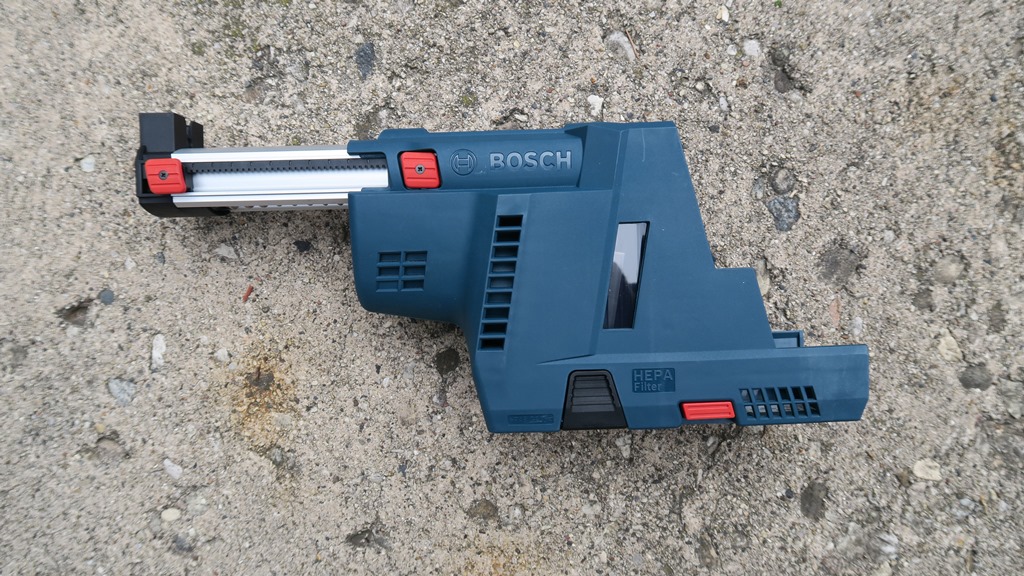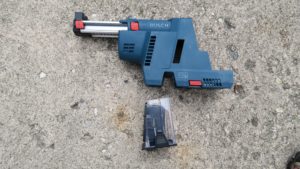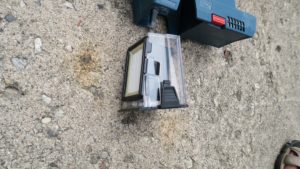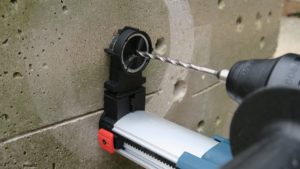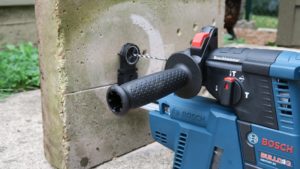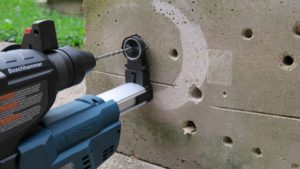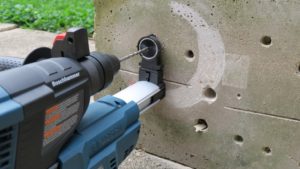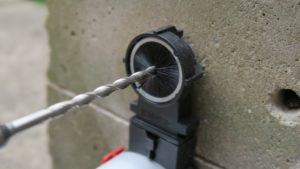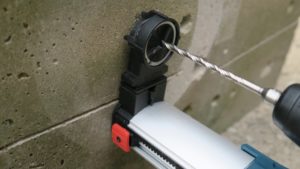I am not a regulation type of guy because it usually means more control for others and less control for me. Plus it always seems to benefit only the people who make the regulation. However, with the new OSHA Silica Dust Regulation, this is one I can stand behind since this is designed to protect the worker and not just designed to make the people who created the regulation rich. So what is the OSHA Silica Dust Regulation?
What is the OSHA Silica Dust Regulation?
Before we jump into the regulation, it’s important to understand why this regulation is in place.
Each year millions of construction workers are exposed to harmful dust from tuckpointing, concrete, grinding, sawing, drilling and more. This dust gets into our lungs and has a harmful effect. This is known as Crystalline Silica.
Crystalline Silica is from small particles that we breathe in and are from Quartz, Cristobalite or Tridymite.
In the end, this leads to many different forms of cancer.
When does the OSHA Silica Dust Regulation go into effect?
The regulation has been pushed back but as of this article, it’s scheduled to go into effect on September 23, 2017.
OSHA Silica Dust Regulation Solutions
A lot of companies have already created products and solutions for this new regulation but to get the point across I am going to focus on Bosch’s OSHA Silica Dust Regulation.
Bosch didn’t pay us for this. I am focusing on them for a couple of reasons. First, they are a leader in the concrete world. Second, they make awesome tools and third and most important, they have a nice set up to help understand this regulation. When I first heard about the regulation, it was a little confusing. I just like how Bosch lays everything out nice and simple, plus it helps the user know which tools meet these requirements and helps protect the worker.
As you know when we drill, grind or saw, these small particles get in the air and cause problems. With today’s technology, we can virtually eliminate the risks. Companies now have dust extraction systems, hollow drill bits, and other accessories to collect this fine debris.
When working there are three main planes we work on; below us (i.e. drilling holes and setting anchors), on the side of us (i.e. cutting concrete for an opening) and above us (i.e. drilling holes for hanger).
There are numerous products on the market but I wanted to focus on a couple that may work for you so you are in compliance.
Power Tools for the Job
There are a ton of tools for the job but when working with concrete and other hard materials there are really only two manufacturers, Bosch and Hilti.
I am not going into a full blown review but do want to bring your attention to the Bosch GBH18V-26 which is a 18V rotary hammer.
As with all the other Bosch rotary hammers, this one tool is awesome. It has a ton of features, a ton of power and a perfect solution to meet the OSHA requirements.
Yes, you need the right tool to do the drilling, cutting or sawing but it’s equally important to have a dust management system.
Almost every manufacturer has some type of dust management system but I think Bosch, Hilti, Dewalt, and Makita are some of the top performers on the market.
Dust Control Below
Drilling an anchor seems easy enough but as you know it can provide a ton of dust. You have to drill the hole and blow it out. Not only will the drilling put small particles in the air but blowing the hole out will surely put harmful particles in the air.
One product available is the Bosch speed clean bit, which we have reviewed in the past.
The cool concept behind this is that the bit is hollow. You can attach the bit to your dust management system and keep your air clean.
So as you’re drilling, the vacuum is sucking the debris through the middle of the bit and into the vacuum. So not only are you keeping the air clean, but you are also increasing productivity since you no longer have to blow out the holes.
Dust Control Above
When working on a wall or above you, companies offer different products to help protect the worker. A lot of manufacturers offer portable dust collection systems that will fit on your rotary hammer. Take the Bosch GDE18V-16. This fits onto the tool and is powered straight from the bosch18V battery on the tool. No extra batteries or extra weight.
When you are drilling holes above and don’t have protection, where is all that dust falling? Yes, right in your face. Bosch has had this product out for a while, so it’s not new to them. But again just another tool to help keep you safe.
OSHA Silica Dust Regulation Final Thoughts
The bottom line is we only live once. The trades are hard enough and dangerous enough. If we can limit our exposure and risk, why not? I am usually the guy who hates regulations but when it comes to the Silica Dust Regulation, I am on board. Get protected. If you would like to read more, check out OSHA’s website. Learn more about Bosch Pro Guard System.


